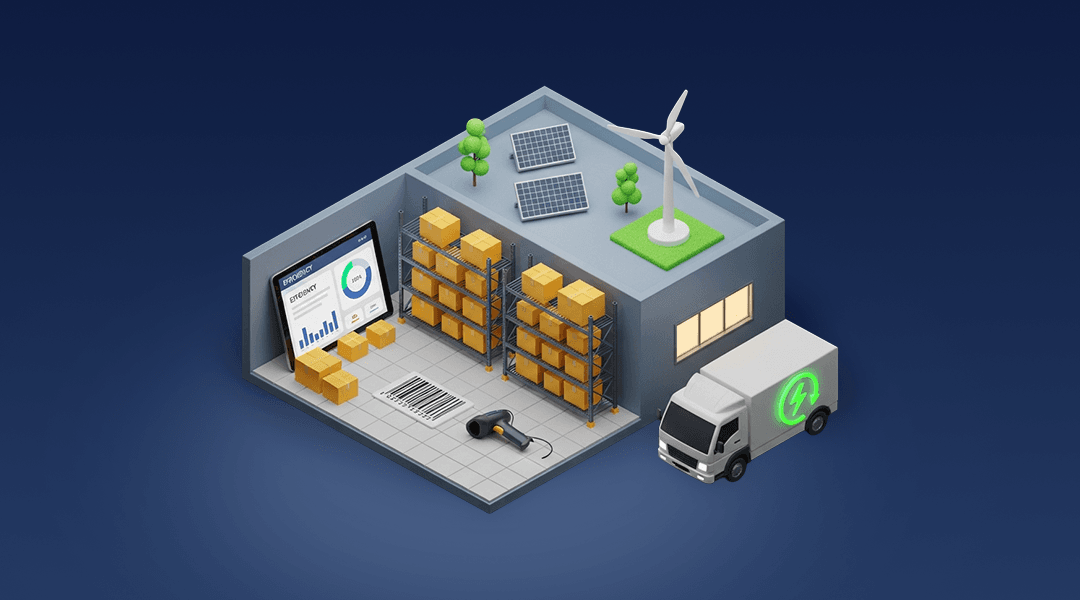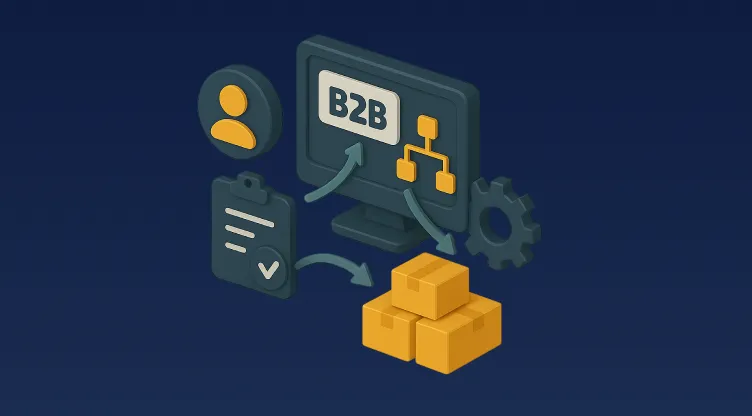Inventory Management for Subscription Models: Auto-Replenishment and Demand Forecasting for Recurring Orders

Table of Contents
Subscription Inventory Simplified (Quick Wins for Success)
- Automated Replenishment: Streamline stock management, reduce manual work.
- Accurate Demand Forecasting: Predict customer needs for steady supply.
- Smart Buffer Stock: Prepare for demand spikes without overstocking.
- Real-Time Visibility: Keep stock levels accurate across all channels.
- Cost Efficiency: Cut holding costs and improve cash flow.
- Seamless Integration: Connect systems for smoother operations.
- Customer Satisfaction: Deliver on time, every time, to boost loyalty.
Introduction: The Rise of Subscription Commerce and Inventory Challenges
The subscription business model is thriving. From curated beauty boxes to monthly meal kits and fitness supplements, customers love the convenience and consistency these services provide. They enjoy the surprise of curated packages or the comfort of regular deliveries. For businesses, this model offers predictable revenue and stronger customer relationships. However, it also presents unique challenges, especially when it comes to inventory management.
Managing inventory for subscription businesses is not the same as managing stock for traditional retail. It requires a precise balance. You need enough stock to meet ongoing customer demand but not so much that it ties up your capital. Poor inventory management can lead to costly stockouts, overstock, and unhappy customers. It can also hurt your cash flow and reduce profit margins.
To succeed in this fast-growing market, businesses need a fresh approach to inventory management. They need systems that can handle recurring demand, automate replenishment, and provide real-time stock visibility. This guide will explore the key strategies for mastering subscription inventory, including auto-replenishment, demand forecasting, and buffer management.
Understanding the Unique Needs of Subscription Inventory
Subscription businesses operate differently from traditional retail. In a typical retail setting, sales are often one-time transactions. The focus is on moving products off the shelves quickly. However, subscription models are based on long-term customer relationships. They rely on predictable, recurring revenue. This changes how inventory needs to be managed.
Key Differences in Subscription Inventory:
- Recurring Demand: Unlike one-time sales, subscription orders repeat regularly.
- High Customer Expectations: Subscribers expect their orders on time, every time.
- Complex Forecasting Needs: Demand varies based on seasonality, trends, and customer habits.
- Automated Processes: Manual inventory management is too slow and error-prone.
- Long-Term Customer Relationships: Retention is critical, making consistent service essential.
Core Elements of Effective Subscription Inventory Management
Automated Replenishment for Recurring Orders
Automation is essential for subscription businesses. It keeps products flowing without constant manual intervention. This reduces human errors, cuts operational costs, and improves efficiency. It also keeps your customers happy. They expect regular, on-time deliveries. Automated systems free up your team for more strategic tasks, like marketing and customer engagement.
Demand Forecasting for Subscription Models
Accurate demand forecasting is critical for subscription businesses. It helps prevent overstock, reduces waste, and ensures you always have the right products on hand. It’s not just about looking at past sales. It’s about understanding customer habits, anticipating trends, and planning for seasonal spikes.
Safety Stock and Buffer Management
Buffer stock acts as a safety net. It protects against unexpected demand spikes and supply chain disruptions. However, keeping too much buffer can tie up cash and increase holding costs. Finding the right balance is key.
Real-Time Inventory Visibility and Control
Real-time inventory tracking is essential for subscription businesses. It keeps your stock data accurate and speeds up order processing. You’ll always know what’s in stock and where it is. This reduces costly errors and keeps customers happy.
Benefits of Smart Inventory Management for Subscription Models
- Cost Savings: Lower holding costs and reduce excess stock.
- Faster Order Fulfillment: Automate processes to cut processing time.
- Scalability: Grow without the headaches of manual stock control.
- Improved Customer Loyalty: Deliver on time, every time.
- Fewer Errors: Reduce the risk of costly stockouts or overselling.
- Better Cash Flow: Free up capital tied up in excess inventory.
- Higher Customer Retention: Keep loyal customers happy and coming back.
Conclusion: Building a Future-Ready Subscription Model
The subscription economy is here to stay. To thrive, you need smart inventory management. Automate where possible. Forecast accurately. Track stock in real-time. These steps will keep your customers happy, reduce costs, and boost profits. As your business grows, investing in the right tools and systems will be essential for long-term success.























